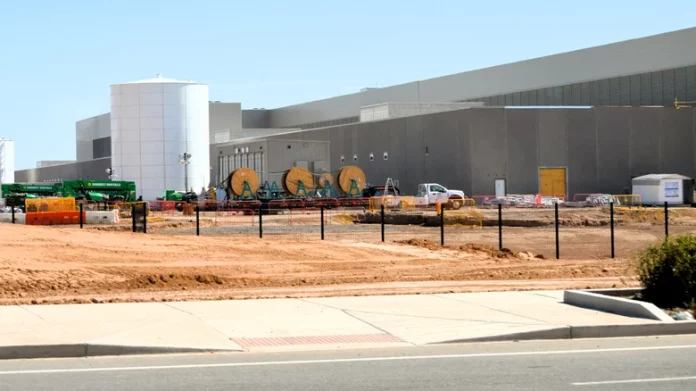Modern computing runs on electricity — that much is obvious. But as computers grow more powerful and numerous, particularly in massive cloud and AI server farms, their energy needs become staggering. In the U.S. alone, data center power consumption is projected to surge from 17 gigawatts in 2022 to 35 gigawatts by 2030. That exponential growth helps explain why major tech companies are investing heavily in nuclear and other large-scale energy solutions to keep their operations running.
Yet, electricity isn’t the only resource under strain. Data centers are also enormous water consumers. Some facilities use up to 5 million gallons of drinking water per day to cool servers. That water is often treated with chemicals to prevent corrosion and bacterial growth — rendering it unsuitable for reuse. The result is a significant drain on local water supplies, especially in areas already facing shortages.
So when Meta announced its colossal new AI data center in Louisiana — a facility roughly the size of 70 football fields — residents didn’t celebrate. Many were alarmed. With memories of similar projects elsewhere, locals are rightly worried about the long-term impact on their water, energy costs, and environment.
Their concern is not unfounded. In Newton County, Georgia, another Meta facility led to accusations from nearby residents that their water quality had declined dramatically. They reported discolored water, failing appliances, and interruptions in water service. Though Meta asserted that water used for construction was sourced more than ten miles away, residents remain skeptical. For Louisiana’s new $10 billion AI center, those Georgia experiences serve as a cautionary tale.
Who Really Pays for the AI Boom?
Meta isn’t alone in building sprawling data centers. President Trump’s national initiative to expand artificial intelligence infrastructure will accelerate this trend, fueling construction of data hubs across the country. But the key question remains: who bears the cost?
In the case of Louisiana, Meta’s new campus will necessitate a $3 billion upgrade to local electricity systems to support the facility’s enormous demand. Publicly undisclosed agreements between Meta and the power company Entergy include the construction of gas-fired plants capable of generating over 2,200 megawatts of additional energy. However, because the financial details are sealed under nondisclosure agreements, residents can’t know how much of that cost may ultimately fall on their utility bills.
This lack of transparency has amplified public frustration. Louisiana is already experiencing a severe drought, affecting more than 1.4 million residents. The idea of consuming millions of gallons of local drinking water each day — on top of rising energy costs — feels untenable for many communities. Meanwhile, as AI tools like ChatGPT and others expand, the combined electricity and water footprint only grows larger.
When Progress Challenges Sustainability
The rise of AI and high-performance computing represents a new industrial revolution — one powered not by coal or steam, but by electricity and water. While innovation brings undeniable benefits, it also places immense stress on essential resources. For local communities near these massive data centers, the fear isn’t just about change; it’s about survival.
As Louisiana residents brace for Meta’s arrival, one question lingers: How much progress is too costly — and who will ultimately pay the price?




